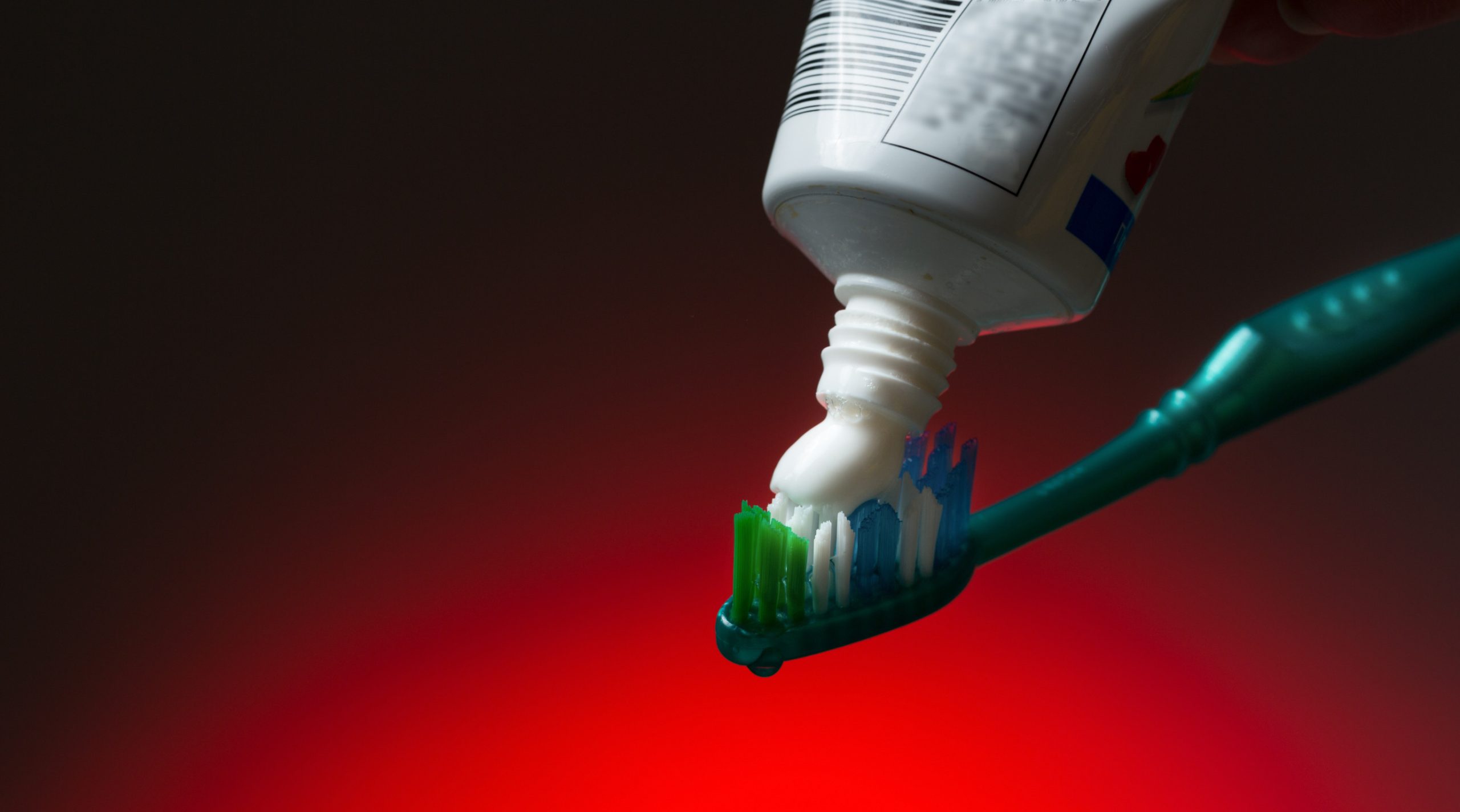In a world obsessed with wellness and green living, products labeled “natural” often enjoy an untouchable reputation. Shoppers flock to store shelves expecting wholesome ingredients that align with a cleaner lifestyle.
Yet, time and again, investigations have uncovered that the “natural” label can be deeply misleading. Many of these products hide synthetic chemicals, preservatives, and additives beneath clever branding.
1. “Organic” Shampoos That Hide Sulfates
Consumers often reach for organic shampoos, believing they are gentle alternatives to harsh drugstore brands. However, several popular “organic” shampoos were exposed for containing sulfates, which strip hair of natural oils. Some brands even used synthetic fragrances disguised under generic “fragrance” listings. These hidden chemicals can cause scalp irritation and dryness, betraying the promise of a natural hair care routine. Transparency in labeling remains an ongoing battle in the beauty aisle.
2. “Natural” Sunscreens Loaded with Oxybenzone
Sunscreens marketed as natural alternatives claim to protect skin using only mineral blockers. Despite this, testing has revealed many so-called natural sunscreens still contain oxybenzone, a controversial chemical filter. This ingredient has raised health and environmental concerns, especially for coral reefs. For consumers seeking reef-safe and chemical-free sun protection, these revelations feel like a betrayal. Strong marketing often masks what’s truly inside the tube.
3. Herbal Supplements Mixed with Synthetic Fillers
Herbal supplements promise the pure power of nature packed into a pill. Yet, lab tests have found several “natural” herbal capsules diluted with cheap synthetic fillers and binders. These extra ingredients reduce the potency of the herbs and may cause side effects. Without stringent regulations, supplement labels often omit these hidden additions. Consumers must stay vigilant when buying products claiming to be 100% plant-based.
4. “Pure” Essential Oils with Artificial Fragrances
Essential oils have become staples in households for aromatherapy and wellness rituals. Unfortunately, not every bottle lives up to its “pure” branding. Investigations have shown that some essential oils are cut with artificial fragrances and chemical solvents. These additives help companies reduce costs while still charging premium prices. As demand grows, so does the temptation for some brands to cheat purity standards.
5. “Natural” Deodorants with Synthetic Preservatives
Switching to natural deodorant is often one of the first steps for those ditching chemicals. Yet, tests have caught certain “natural” deodorants containing parabens and other synthetic preservatives. These chemicals extend shelf life but contradict the promise of being a safer option. Consumers expecting aluminum-free, chemical-free protection often find themselves deceived. Reading ingredient lists carefully is the only safeguard.
6. “Green” Household Cleaners Packed with Harsh Solvents
Eco-friendly cleaning products boast plant-based formulas and biodegradable ingredients. However, watchdog groups have exposed many “green” cleaners that quietly include harsh solvents. These chemicals can irritate skin, eyes, and lungs just like their traditional counterparts. Clever labeling with leaves and earth tones masks the reality for unsuspecting buyers. Consumers wanting toxin-free homes often discover they’ve been misled.
7. “Natural” Baby Wipes with Chemical Additives
Parents often choose natural baby wipes to avoid exposing sensitive skin to chemicals. Despite their wholesome image, tests have found that many “natural” baby wipes contain synthetic preservatives and fragrances. These ingredients can cause rashes and allergic reactions in babies. Labels boasting “hypoallergenic” and “gentle” don’t always tell the whole story. Parents must investigate what’s in each wipe before trusting the packaging.
8. “Organic” Snack Foods with Artificial Flavors
The organic snack aisle is supposed to be a haven for healthy indulgence. But multiple reports have uncovered “organic” snack foods made with artificial flavors and colorings. Clever loopholes in labeling laws allow small amounts of these additives to slip through. For shoppers paying premium prices for authenticity, this comes as a rude surprise. A closer look at ingredient lists often reveals the truth behind the buzzwords.
9. “Natural” Toothpaste with Hidden Triclosan
Natural toothpaste brands claim to protect teeth without harsh chemicals found in regular pastes. Despite this, some “natural” toothpastes have been discovered to contain triclosan, an antibacterial agent linked to health risks. This chemical has been banned in certain products, but still pops up in unexpected places. Consumers seeking gentle oral care often unknowingly expose themselves to the same controversial additives they try to avoid. Checking ingredients remains critical even for the simplest daily routines.
“Natural” Isn’t Always Better
The word “natural” has become one of the most powerful marketing tools in the modern marketplace. Yet, as these examples prove, it is also one of the most misleading when left unchecked. Trusting a pretty label or clever slogan is no substitute for reading ingredient lists and doing research.
Shoppers must stay vigilant to protect themselves from false promises and hidden chemicals. Have you ever been surprised by what was really inside a “natural” product? Share your experience in the comments below.
Read More
10 Household Products That Got Cheaper—And Far More Toxic
10 “Natural” Products That Contain Toxic Ingredients


